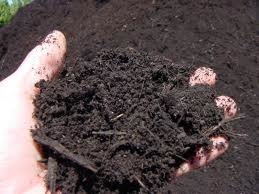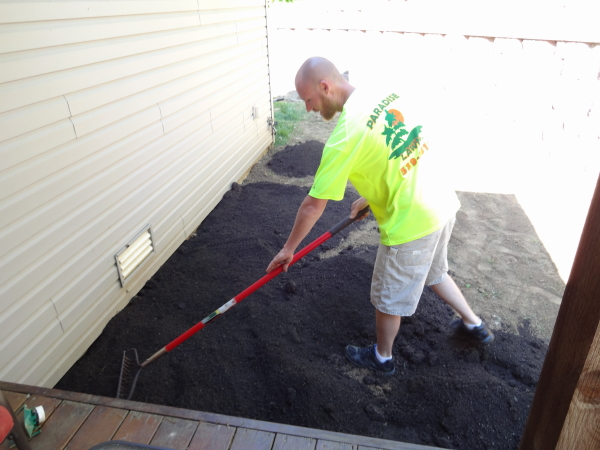Different areas across the United States, as well as across our area, have different soil types. Soil type affects how grass is grown, the type of watering practices to follow, as well other factors. To better understand the lawn, it is important to understand the soil beneath it. There are six different types of soil.

Sandy Soil
Sandy soil can be problematic because of its texture. Sandy soil is composed of larger particles that are dry and gritty to the touch. Sandy soils have poor water retention because they easily drain water. This type of soil is airy and lacks essential nutrients, prohibiting growth of certain plants.
Clay Soil
Clay soil is composed of fine particles that are smooth when dry but sticky when wet. Clay retains water well but drains the water poorly which can be problematic during spring time rains. Clay soils are also very compacted and have less space for air to pass through. Clay soil is however very rich in nutrients.
Silty Soil
Silty soil is made of tiny particles that are not grainy or rocky. When wet, silty soil is very slippery and will retain water very well. This soil is good for agriculture purposes because it is extremely fertile but is easily compacted.
Loamy Soil
Loamy soil is a mix of sandy, silty, and clay soils. Loamy soil drains water as well as retains water and nutrients. It is a fertile soil that is soft and crumbly and well aerated. It is a very easy soil to work with for agricultural purposes.
Chalky Soil
Chalky soil is light in color and composed of stony particles. It is poor in nutrients and will get very warm and severely dry out in the summer months. Chalky soil is rich in lime and very alkaline.
Peat Soil
Peat soil is a dark brown, soft, spongy soil that contains acidic water and is rich in organic matter. Peat soil is able to retain water, store nutrients however is not fertile. It does improve soil buffering and is often mixed into soil to improve structure.
Sum it up
Knowing which soil type you have of is the key to determine which plants and which type of lawn will best withstand your area. Each soil type has different benefits and downfalls and cannot be treated equally due to the differences in texture, compaction, as well as water and nutrient retention.
It is always a good idea to consult with a lawn care professional and ask any questions you may have. Look around, ask friends or family, and research companies on the Better Business Bureau to find a company that you can trust.

